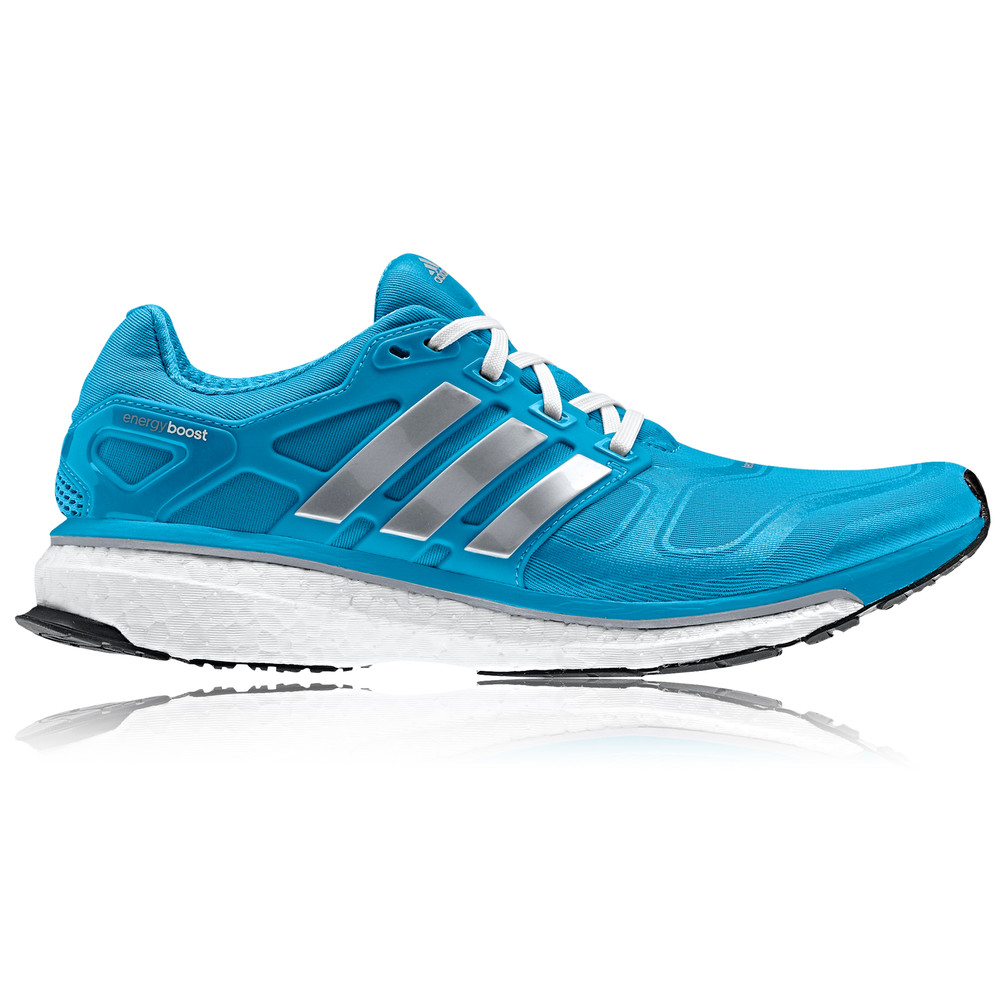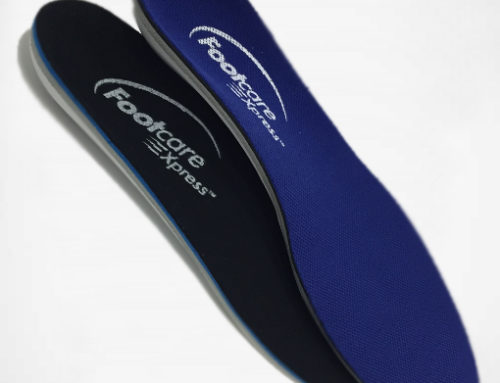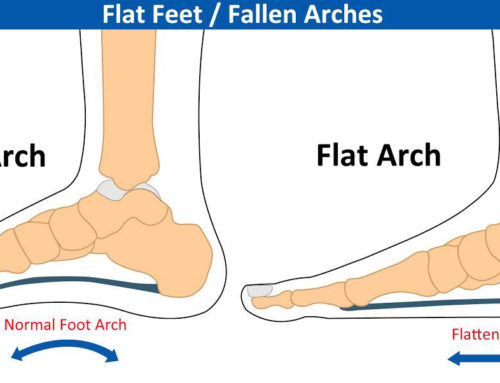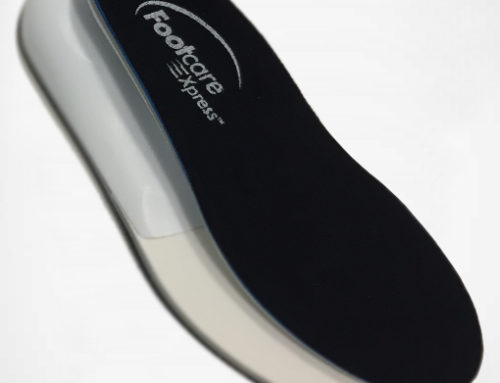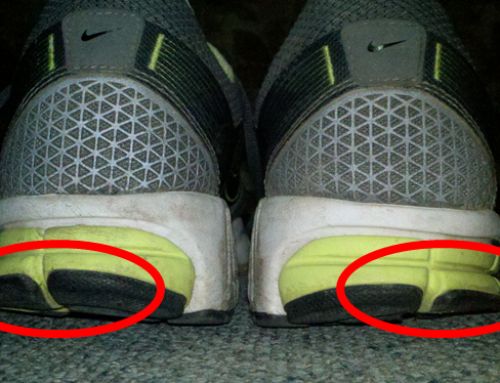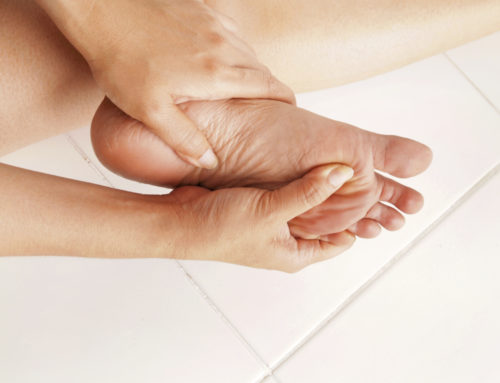At Footcare Express, I am asked all the time “What is the best athletic shoe? It is a question that is asked daily and has many answers. The best shoe depends on fit, comfort, construction, and the type of sports activity.
The function of an athletic shoe is to protect the foot from the many stresses of running, walking or other high impact activities. This function of footwear will help the athlete achieve his or her maximum potential. While in some parts of the world athletes run and participate in sports barefooted, most of us require and benefit from the use of sport specific shoes. The forces and motions that occur in different sports vary greatly. The type of activity that you are using them for should determine shoe purchases. For example, you would not want to buy a basketball shoe for running and visa versa. Walking and running shoes function best in a straight line where a tennis or basketball shoe requires lateral or side-to-side movements.
The majority of athletic shoes are not well designed. There are many shoes that have inflexible soles. This can cause calf muscles to work harder and can contribute to Achilles Tendonitis. If the shoe is too flexible in the midsole or they flex before the point where the toes bend, a stretch in the plantar fascia can occur and contribute to foot strain. This can be commonly referred to as Plantar Fasciitis. There are many top name companies that are cutting out the midsole of the shoe to make it lighter, however, the long term or even in some cases, the short term effects, can result in strains in the feet. Other things to look out for are inadequate support in the rearfoot or lack of room in the forefoot and poor shock absorption. In general, the most important factor is feel and fit. The best time to shop for an athletic shoe is at the end of the day when your feet are somewhat larger from the day’s walking. Also, make sure that there is a finger’s width at the front of the shoe. This will help prevent runner’s toe.
When shopping for the perfect shoe, it is also important to go to a place where the sales representative has knowledge of the appropriate footwear that matches the foot type. A person with a low arch needs footwear with a lot of support and good rearfoot control. Whereas, as person with a high arch needs more shock absorption and footwear that has a narrower heel. A wide heel may cause the rearfoot to move around too much in the shoe. A person with a “normal” foot would probably work best with a combination of the control and shock absorption. Believe it or not, most of the high-end athletic shoe companies have various styles of shoes that will accommodate different foot structures.
Shoes are not made to last forever, especially with the rigorous activity we put them through. A shoe’s midsole only lasts so long. The soft materials the are used in the shoe normally compress over a period of time and wear out. Eventually, the materials breakdown and no longer serve the function they once had when they were new. Most doctors will suggest that running shoes be replaced every 350 to 550 miles. This means that if you are running 20 miles a week, you should consider changing very 20 to 25 weeks. Many people feel that if they don’t see the sole wear down, then the shoe is still in good shape. The materials can be worn down without the shoe wear even being noticeable.
So it is very important to wear the proper footwear, especially during sports. Sometimes even the best footwear will not solve or help each person’s condition. At FootLabs, we try to help with these types of questions and create custom inserts for solving those hard to answer questions. Everyone has different make-ups and unique biomechanics. The best athletic shoes are those that are the best for you.

